Most people love their dogs and would do anything to keep them healthy and happy. But unfortunately, some canine health conditions can only be managed and not cured. One such condition is a tracheal collapse in dogs. If your dog has this condition, you may wonder when to euthanize them. This article will discuss the signs indicating it is time to let your dog go and how to decide what’s best for your pet.
When to Euthanize a Dog With Tracheal Collapse?
Collapsing trachea is a painful condition that many dog parents face, especially small dog breeds. It is a degenerative disease that causes the cartilage rings in the trachea, or windpipe, to weaken and collapse. This affects the way your dog breathes, which can be painful and lead to congestive heart failure.
If your dog has been diagnosed with a severe tracheal collapse, you may wonder how long you can keep your dog’s life comfortable and when the time is right to say goodbye.
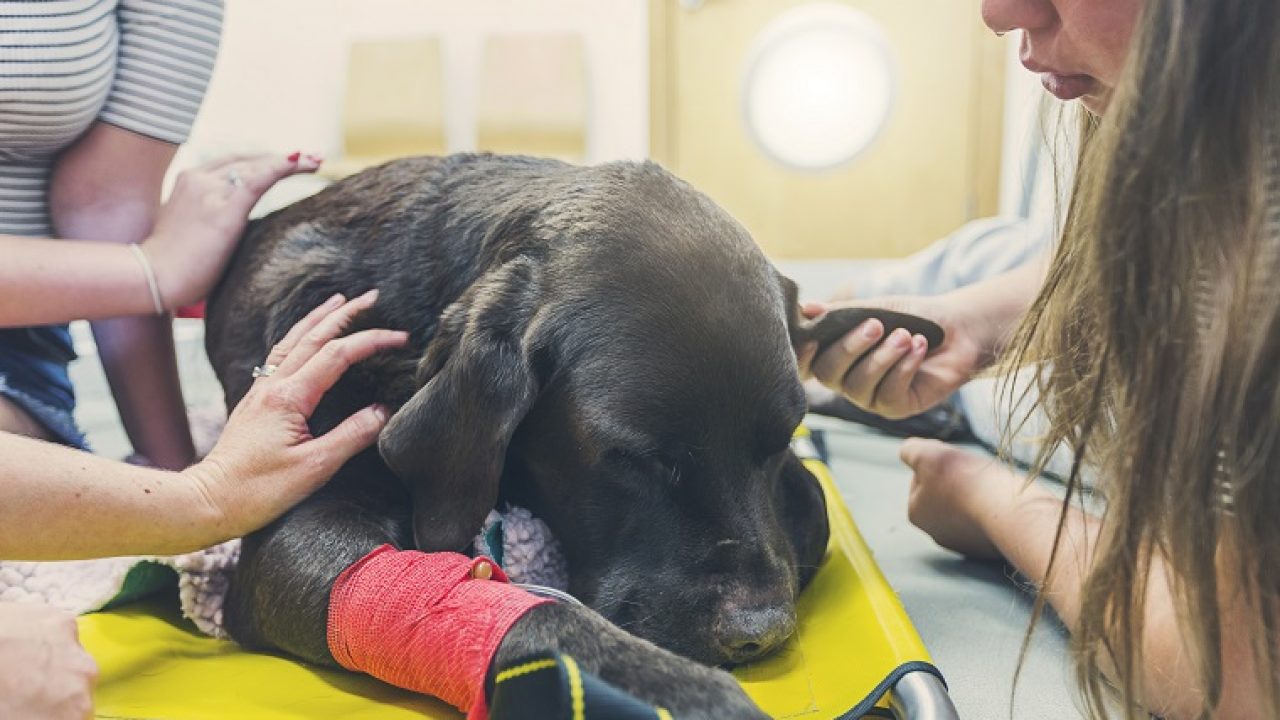
Signs That It May Be Time to Let Go
While older dogs are more prone than younger dogs to experience tracheal collapse, it can still heavily affect younger dogs. Several signs may indicate it is time to let your dog go. For example, if your dog is having trouble eating or drinking, this may be a sign that they are in too much pain to continue living.
In addition, if they are no longer enjoying activities that they used to love, such as walks or playing fetch, this may also be a sign that the quality of your dog’s life has diminished to the point where they are suffering.
Is your pup in severe respiratory distress and needing emergency therapy? Another sign that it may be time to let your dog go is if they are having trouble breathing. If your dog’s cough is hard or wheezing, this indicates that its condition has progressed to the point where it can no longer get the oxygen they need.
If you notice any of these signs, it is important to talk to your veterinarian about whether or not it is time to say goodbye.

Making the Decision
Deciding to euthanize your dog is never easy. It is important to consult with your veterinarian and get their professional opinion before making any decisions. They will be able to give you information about what you can expect in the future and whether or not euthanasia is the best option for your dog.
It is also important to consider your feelings in making this decision. For example, if you feel like you are not ready or you are not sure if you can handle watching your dog suffering, it may be best to euthanize them sooner rather than later.
However, if you feel like you can take seeing your dog in pain for a bit longer, you may want to wait until their condition deteriorates before making the decision. Ultimately, the decision of when to say goodbye is personal, and only you can decide when the time is right.
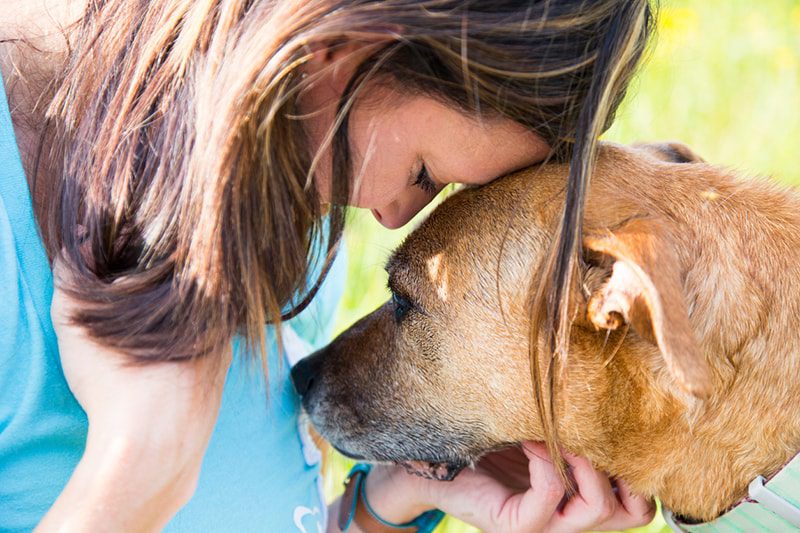
What Happens During Euthanasia?
Euthanasia is intentionally ending a life in a painless or minimally painful way. The word “euthanasia” comes from the Greek terms “eu,” meaning “good,” and “thanatos,” meaning “death.” In the context of animal euthanasia, it refers to the act of humanely putting an animal to death.
There are two types of animal euthanasia: active and passive. Active euthanasia involves directly causing an animal’s death, while passive euthanasia consists in allowing an animal to die by withholding treatment or not taking steps to prolong its life. In most cases, dog euthanasia is performed using active methods.
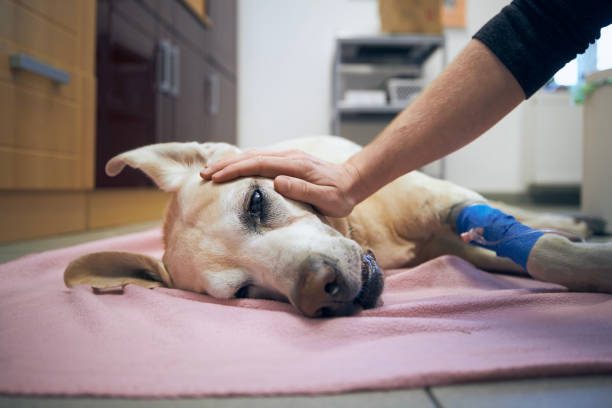
The Euthanasia Process
When you bring your dog in for euthanasia, the first thing that will happen is that it will be given a sedative injection to help them relax and ease its anxiety. Once the sedative has taken effect, a second injection will be given to stop their heart and breathing. The entire process usually takes less than 10 minutes from start to finish.
After your dog has passed away, the veterinarian will confirm its death by listening for a heartbeat and checking for signs of respiration. Once they have confirmed that your dog is deceased, you will be given some time alone with your pet to say your goodbyes.
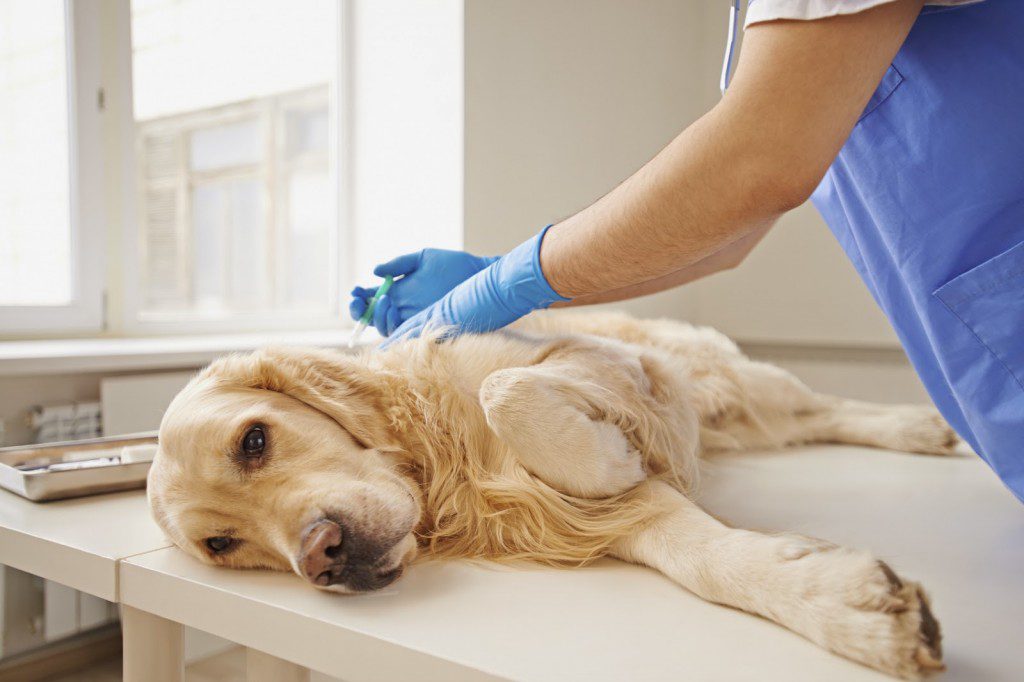
Should You Stay With Your Dog During Euthanasia?
The Pros of Staying With Your Dog
The main pro of staying with your dog during euthanasia is that it allows you to say goodbye in your way. This can be important for closure and may help you in grieving. Also, if you stay with your dog, you can hold them, tell them how much you love them, and give them a final treat.
Additionally, staying with your dog may help them feel more comfortable during the euthanasia process. Dogs are very intuitive creatures and can pick up on our emotions. So if you feel calm and relaxed, this will help your dog feel the same way.
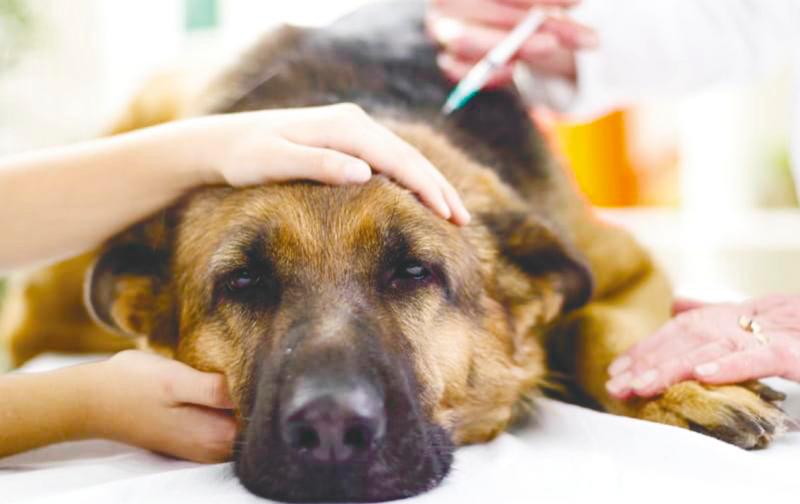
The Cons of Staying With Your Dog
On the other hand, there are some potential downsides to staying with your dog during euthanasia. First and foremost, it can be emotionally devastating to watch your beloved pet pass away. If you think seeing your dog put to sleep will be too difficult, it may be best to say goodbye beforehand.
Another consideration is that dogs often associate their owner’s presence with positive things like going for walks, playing fetch, or getting treats. If you stay with them during euthanasia, they may begin to associate their owner’s presence with death, which could be traumatic.
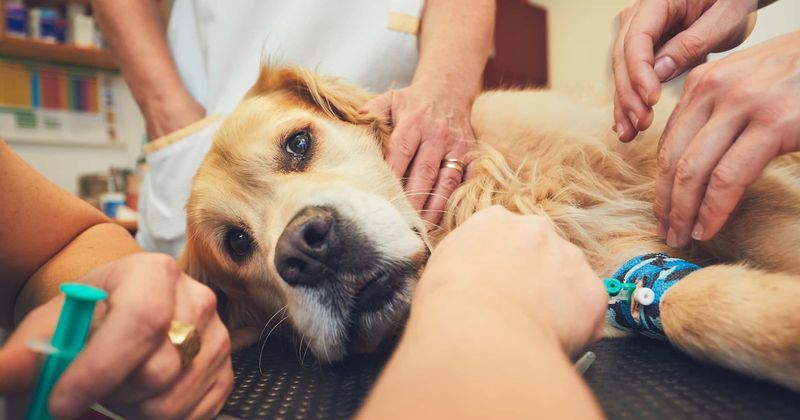
What Happens After Euthanasia?
Some people feel relief, while others may feel guilty or regretful. There is no wrong way to handle it, and it’s important to give yourself time to grieve in whatever way feels right for you.
If you have other pets, they may also grieve the loss of their canine companion. Dogs are social creatures and form close bonds with their family members, both human and animal. Be patient with your other pets and give them time to adjust to the change.
Once your dog has been euthanized, you’ll need to make arrangements for its body. Most vets will offer cremation services, or you can choose to bury your dog yourself. If you opt for cremation, you can usually choose between having your dog’s ashes returned to you or scattered in a particular place.
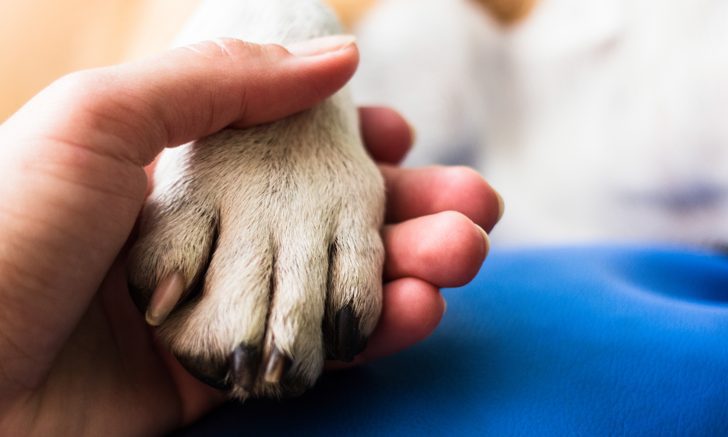
How Long Can a Dog Survive With Collapsing Trachea?
There is a wide range of severity when it comes to collapsed tracheas. A few dogs will never require treatment for their condition, but many more can live normal lifestyles with the help of medication or surgery if needed.
Many mild-moderate cases can be managed without any intervention whatsoever. In contrast, others may need cough suppressant medications throughout life to improve their quality of life both personally and economically since fewer trips outside would otherwise become necessary.
Some dogs are seriously affected by tracheal collapse. As a result, these pets cough and have trouble getting enough oxygen to walk around the house! As a result, many pet owners choose humane euthanasia after a period when their dog has developed severe signs or symptoms, including labored breathing and difficulty scaling stairs.
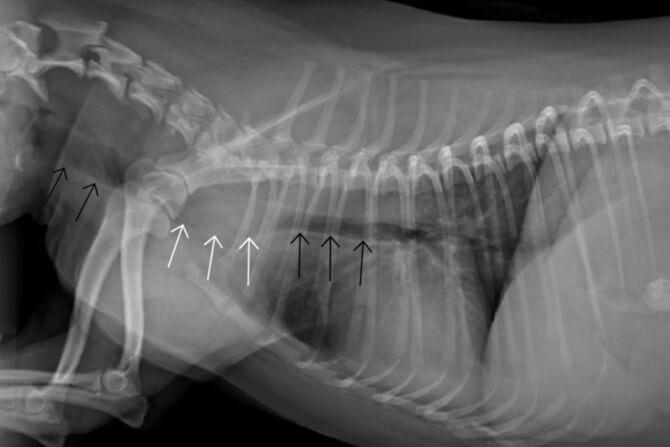
Causes of Dogs Tracheal Collapse
Several different things can contribute to the development of tracheal collapse, including:
• Genetics: Toy poodles are more prone to developing a collapsed trachea due to their smaller windpipes, which makes people believe that there is genetic factor involved. However, any dog can be affected by this condition.
• Obesity: Excess weight puts additional pressure on the cartilage surrounding the trachea, which can cause it to weaken and collapse.
• Coughing: Repetitive coughing (from allergies or bronchitis) can also strain the trachea and lead to its collapse.
Tracheal Collapse Symptoms
The most common signs and symptoms of a collapsed trachea include the following:
•Chronic Coughing: The most prevalent symptom of a collapsed trachea is a dry, honking cough similar to the sound of a seal barking, sometimes a kennel cough. This cough is caused by the collapse of the tracheal cartilage, which narrows the airway and results in breathing problems The cough is often worse when your dog is excited or exerted—such as during exercise or when greeting you at the door.
• Difficulty Breathing: Dogs with a tracheal collapse often have difficulty breathing, especially when exerting themselves. You may notice that your dog pants excessively or has trouble catching his breath after exercise. In severe cases, your dog may experience cyanosis (a bluish tint to the skin due to lack of oxygen).
• Wheezing: You may also notice your dog wheezing when he breathes—this is caused by the partial blockage of air flowing through the narrowed airway.
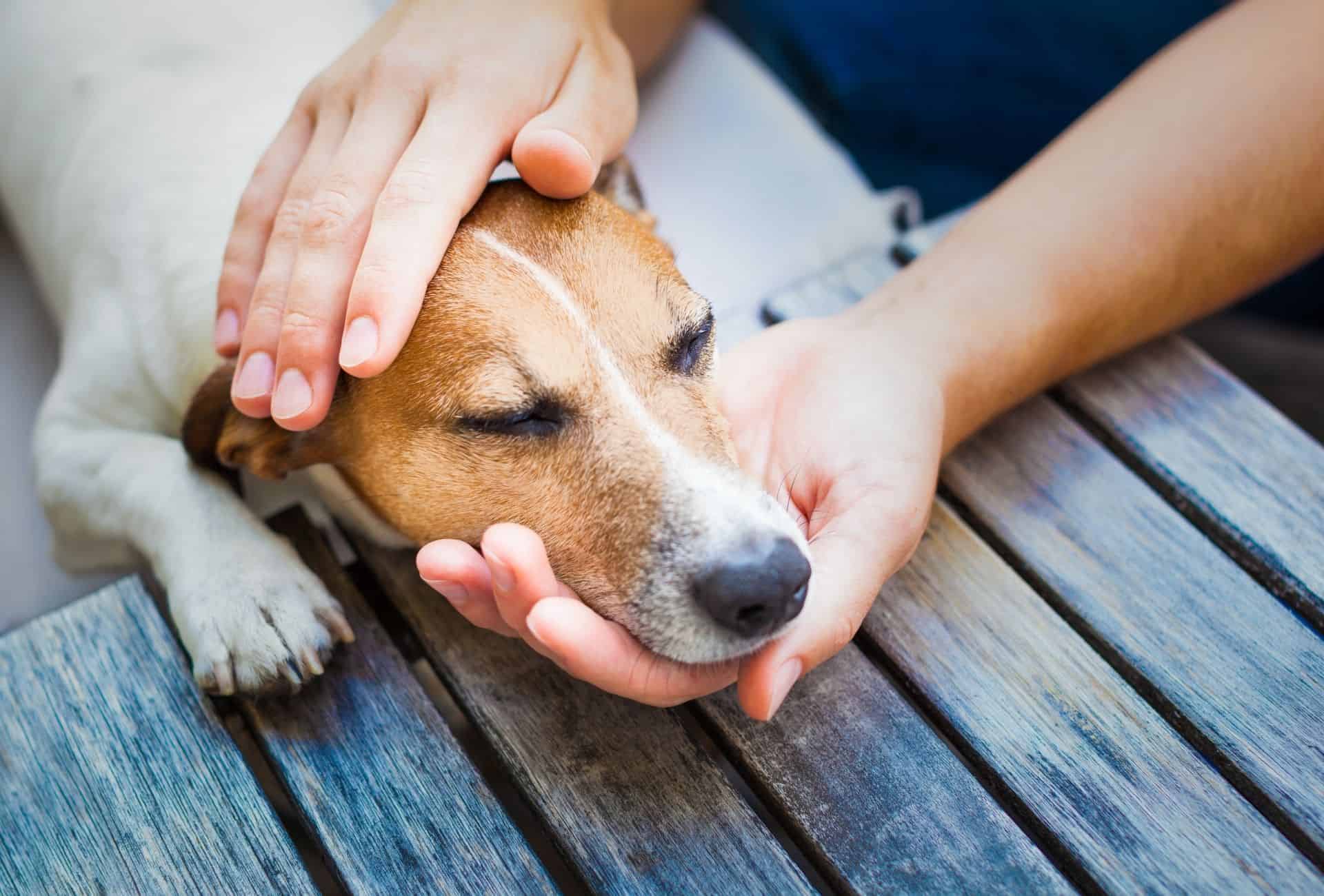
Treatment for Dogs Tracheal Collapse
Unfortunately, there is no cure for tracheal collapse. However, the treatments available can help relieve your dog’s symptoms and make their quality of life more comfortable.
Treatment options include weight management (if your dog is overweight), medication (to help relieve coughing), and oxygen therapy (to help ease breathing difficulty). In severe cases, surgery may be necessary to correct the problem.
How to Care for a Dog With Collapsing Trachea
While there is no cure for a collapsing trachea, there are things you can do to help your dog live a long and happy life. With proper care, most dogs with this condition can live for years.
The first step in caring for a dog with a collapsing trachea is to take them to the vet so it can be properly diagnosed. Once your dog has been diagnosed, your vet will likely recommend one or more of the following treatment options:
Weight loss: For obese dogs, losing weight can help ease its symptoms by taking some pressure off its trachea. Your vet can help you develop a weight loss plan tailored specifically for your dog.
Medication: Several types of medication can help relieve your dog’s symptoms, including cough suppressants and anti-inflammatory drugs. Your vet can prescribe your dog the proper medication based on their needs.
Avoidance of collar pressure: Wearing a collar—especially a tight-fitting one—can put pressure on your dog’s trachea and worsen its symptoms. If possible, switch to using a harness instead of a collar when walking your dog.
Breathing clean air: Similar to children with asthma, dogs with tracheal collapse should avoid poor air quality as it will cause chronic cough and persistent cough.

Surgical Procedures for Collapsed Trachea
Surgery is typically performed as a last resort after other treatment options have been unsuccessful in treating the condition. Surgical procedures involve placing a metal tracheal stent inside the collapsed portion of the trachea to hold it open. The steel tracheal rings will need to be removed after 6-12 months once the cartilage has healed and stabilized.
Moreover, surgery for tracheal collapse is done using an endoscope. An endoscope is a long, thin tube with a camera on the end. The endoscope is inserted through your dog’s mouth and into the trachea. Once the endoscope is in place, the surgeon can see the inside of the trachea and repair any collapsed areas.
Sometimes, tracheal stents may be placed in the trachea after surgery. A stent is a small metal or plastic tube that helps keep the trachea open. Once the trachea has healed sufficiently, the stent will need to be removed after a few months.

Cost of Tracheal Collapse Surgery
The cost of surgery will vary depending on several factors, including the severity of the collapse, where you live, and which vet you use. However, it can cost anywhere from $3,500 to $6,500.
Factors That Affect the Cost of Surgery
A few different factors can affect the cost of tracheal collapse surgery for dogs. The first is the severity of the collapse. Surgery may not be necessary if your dog only has moderate symptoms of tracheal collapse.
Many dogs with mild cases can be treated with medication and weight management. However, surgery will likely be required if your dog has a more severe case. The second factor affecting the cost of surgery is where you live. Veterinary care tends to be more expensive in big cities than in smaller towns or rural areas.
So if you live in New York City, for example, you can expect to pay more for your dog’s surgery than someone who lives in a small town in upstate New York.
Finally, the surgery cost will also depend on which vet you use. Just like with human doctors, there can be a wide range of prices charged by different vets for the same procedure.
Therefore, it’s important to research and find a vet you trust and feel comfortable with—regardless of price.
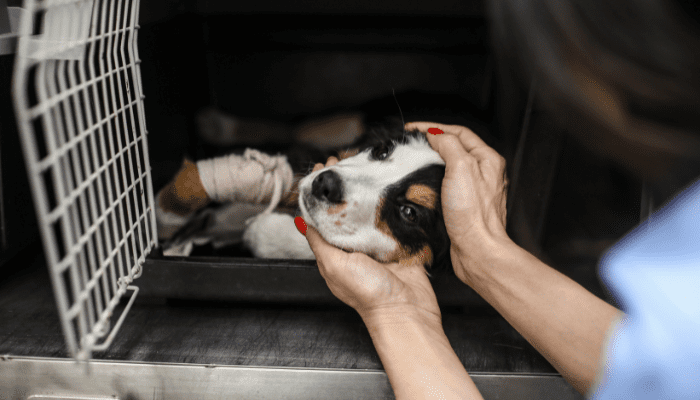
What Makes Collapse Trachea Worse at Night?
One of the main reasons the collapsed trachea worsens at night is that dogs lie down more often during this time. This gives the tracheal cartilage and tracheal structure more opportunity to collapse, which leads to airway obstruction and makes it harder for your dog to breathe.
Additionally, dogs often pant during the daytime to help regulate their body temperature. However, this isn’t as effective at night when they’re not moving around as much. As a result, dogs with tracheal collapse often experience increased respiratory rate and work of breathing at night.
You can do several things to help ease your dog’s symptoms and make them more comfortable at night. First, ensure that their bed is elevated, so they’re not lying flat on their chest. This will help keep their airway open and make it easier for them to breathe.
You can also use a humidifier in your dog’s room to add moisture to the air and help reduce inflammation in their airway. Finally, avoid letting your dog sleep on their side or stomach—these positions can further restrict its airway and worsen its symptoms.

Prescribed Medicines to Calm Coughing
Acepromazine
Acepromazine is a sedative that can help calm your dog and ease coughing. However, it is important to note that acepromazine should not be used in dogs with heart or respiratory conditions as it can worsen their symptoms.
Albuterol
Albuterol is a bronchodilator that helps open up the airways and makes breathing easier for your dog. It is typically given via inhaler or nebulizer but can also be given orally or intravenously.
Amitriptyline
Amitriptyline is an antidepressant that can help to relax the muscles in the airway and reduce coughing. It is important to start with a low dose and increase gradually as needed, as amitriptyline can cause side effects such as drowsiness, dry mouth, and constipation.
Dexamethasone
Dexamethasone is a steroid that helps reduce airway inflammation and ease coughing. It is typically given orally or intramuscularly but can also be given intravenously or intra-articularly (into the joints).
Hydrocodone
Hydrocodone is an opioid pain reliever that can help to calm coughing by suppressing the cough reflex. However, it is important to use hydrocodone sparingly as it can be addictive and cause side effects such as sedation, vomiting, and constipation.
Loratadine
Loratadine is an antihistamine that can help reduce airway inflammation and ease coughing by drying out secretions. It is typically given orally but can also be given intravenously or intramuscularly (into the muscles).
Prednisone
Prednisone is a steroid that helps reduce airway inflammation and ease coughing. It is typically given orally, but can also be given intravenously, intramuscularly (into the muscles), intra-articularly (into the joints), or topically (on the skin).
Home Remedies for Dogs With Tracheal Collapse
Put Your Dog on a Leash
One of the first things you should do if your dog has tracheal collapse is put them on a leash. This will help prevent them from overexerting themselves and make it easier for you to control their movements. In addition, it’s important to avoid sudden movements or jerks when walking your dog, as this can cause their trachea to collapse even further.
Avoid Hot or Cold Weather
Extreme temperatures can exacerbate your dog’s symptoms, so it’s important to keep them comfortable. If it’s hot outside, try to walk your dog in the morning or evening when it’s cooler. And if it’s cold, ensure they’re well bundled up before taking them out.
Keep Their Meals Small
Another thing you can do to help your dog is to feed them smaller meals more often throughout the day instead of one large meal. This will help prevent vomiting, which can trigger tracheal collapse.
Give Them Supplements
Several supplements can help strengthen your dog’s trachea and improve overall health. These include vitamins C and E, omega-3 fatty acids, and glucosamine supplements. You should talk to your veterinarian before giving your dog any supplements to make sure they’re safe for them to take.
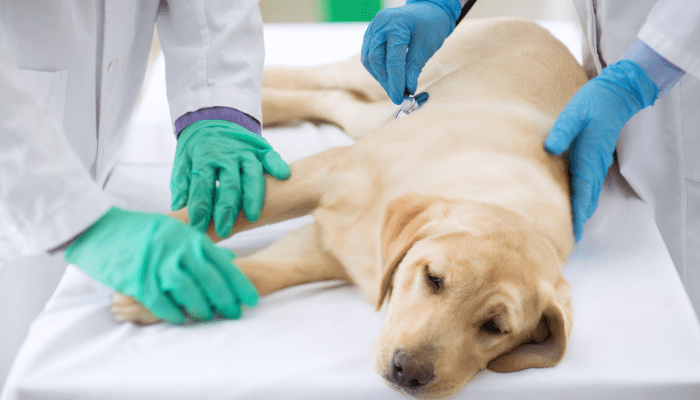
Final Thoughts Tracheal Collapse
If you are a dog owner and your dog has been diagnosed with tracheal collapse, it’s important to work with your veterinarian to create a treatment plan. Several medicines and home remedies can help ease your dog’s symptoms and improve its quality of life. Your dog can live a long and happy life with the proper care.
Frequently Asked Questions
WHEN SHOULD A DOG BE EUTHANIZED?
Indications that may indicate the need for euthanasia are persistent and incurable inability to eat, vomiting, signs of pain or discomfort, and difficulty breathing.
IS IT PAINFUL TO EUTHANIZE A DOG?
Euthanasia has been a rapidly growing industry in recent years, with more and more people choosing to have their pets put down. Your furry friend will be sedated either by intramuscular or subcutaneous injection based on an assessment at the beginning of your appointment- no pain here.
DO DOGS CRY WHEN EUTHANIZED?
The wrong injection could cause a burning sensation, and the dog may cry out if it’s in its vein. If you see liquid spilling outside where we want it, try to get close enough so I can grab hold before things go farther than they have.
HOW MUCH DOES IT COST TO PUT A DOG DOWN?
There are many ways to deal with your pet’s final situation. For example, you can have them put down at a local shelter for as little as $100 or go all out and pay about 500 dollars if they’re being cremated.






